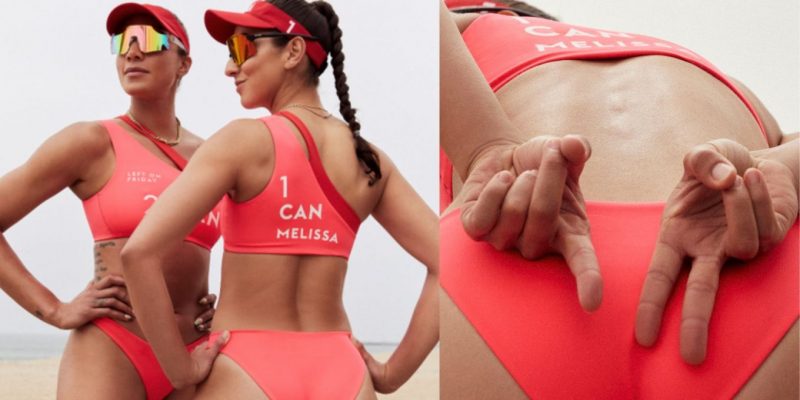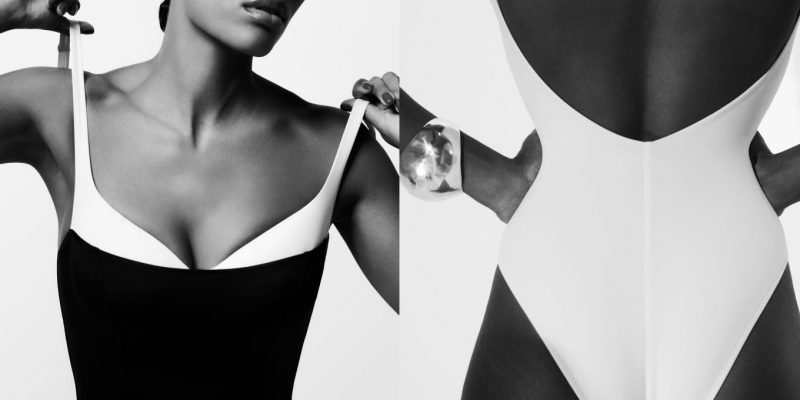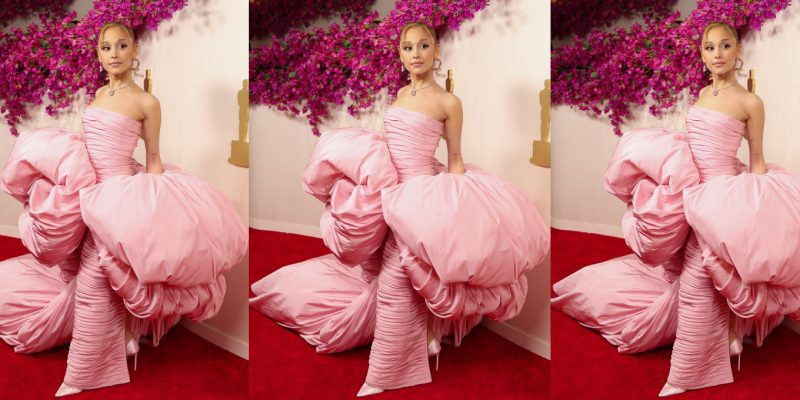Fashion
Cartier Celebrates 100 Years of the Trinity Ring
What better way to celebrate an anniversary than with a new collection?
by : Allie Turner- Apr 19th, 2024

Cartier
Three is a magic number for Cartier.
The historic maison was established over 170 years ago in Paris by Louis-François Cartier but it was the third generation of sons, three brother’s Louis, Pierre, and Jacques who established the brand globally. The three flagship boutiques were opened in the major cultural epicenters of Paris, London, and New York, and a century ago they launched a signature design, the trinity ring.
The modern interlocking gold bands were groundbreaking in 1924 and the first of Cartier’s iconic designs. To this day it remains a major part of the jewellery brand’s core collection which they have reinvented by adding new twists such as mixing metals, changing the shape and adding fluted, faceted and gadrooned rings.
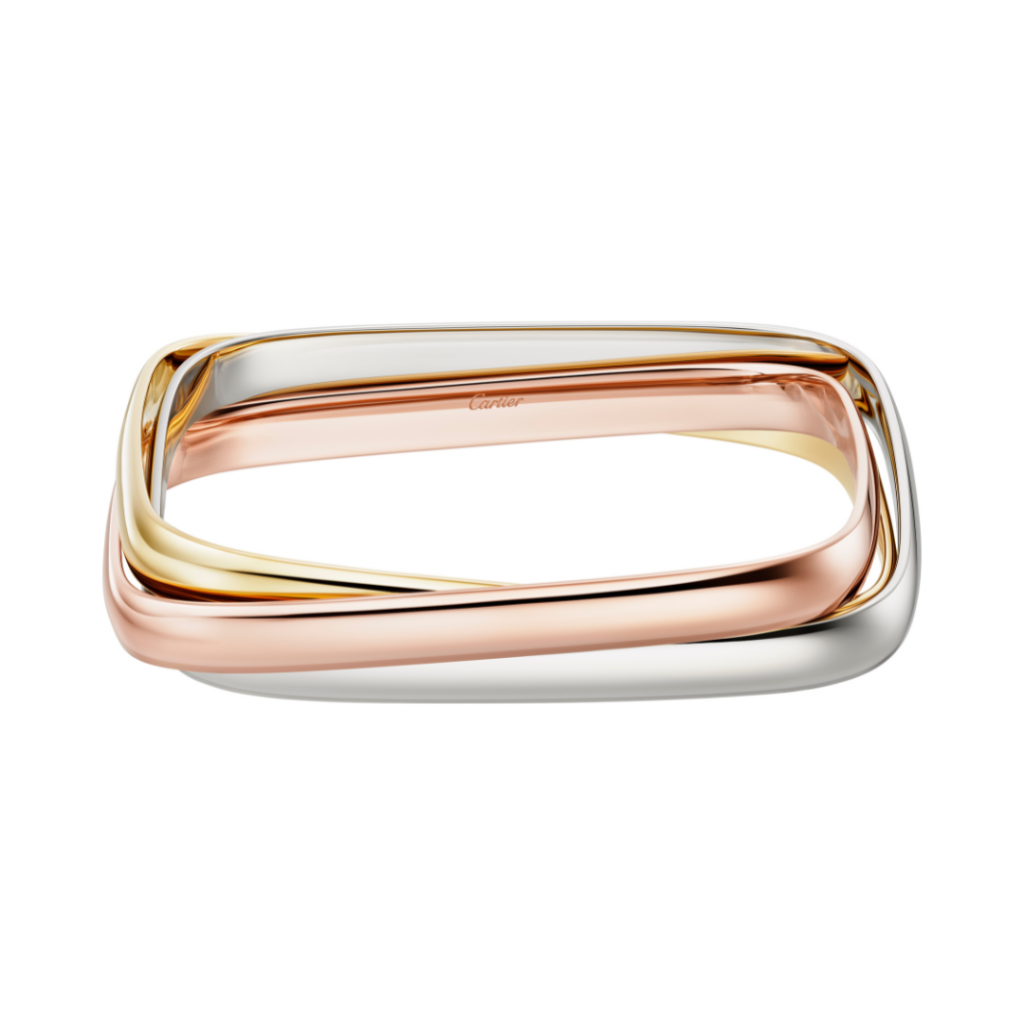 Cartier Trinity Cushion Bracelet
Cartier Trinity Cushion BraceletThe Maison even released a bracelet version which was purchased by the famous American decorator Elsie de Wolfe, and worn by actress Kendall Lee, who was photographed in 1925 for Vogue wearing the bracelets stacked in pairs. The bracelet was re-released for the 100th anniversary along with a cushion-shaped version of the ring that slides each colour above the other. In March Cartier also launched a modular version that can be worn as one wide, large band, or as three. The three bands unfold like a construction game, revealing diamonds as they move.
“The idea of redesigning Cartier Trinity, an icon ‘par excellence’ seemed almost laughable, an impossible feat. But the challenge intrigued us. We forged ahead but freed ourselves from the obligation to produce a result at all costs. If a new design sparked inspiration, we would fully embrace it. But if it didn’t resonate, we agreed we would not push it any further,” says Marie-Laure Cérède, Director of Watchmaking and Jewellery Design of the new Trinity collection.
The anniversary collection features necklaces, earrings, bracelets and rings that are not only tricoloured but various shapes and volumes which Cérède says was part of “a bespoke approach.”
“Instead of starting from a hand-drawn sketch, we worked the volume by hand – kneading the material, rolling it, compressing it to isolate a creative direction. To our surprise, an unexpected new shape began to emerge: a cushion. After unlocking the shape, we had to pinpoint its ideal proportions. With the finesse of a stone sculptor, we stripped away layers, little by little, a tenth of a millimetre at a time. It was a work of utmost precision.”
Newsletter
Join our mailing list for the latest and biggest in fashion trends, beauty, culture and celebrity.
More from Fashion
Read Next

Fashion
10 Canadian Swimwear Brands to Shop This Summer
Hit the sand in style this beach season!
by : Allie Turner- May 2nd, 2024
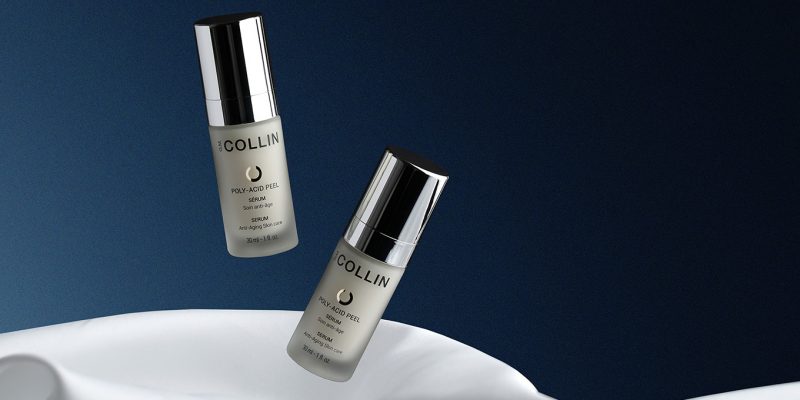
Beauty
This Exfoliating Serum Creates a ‘‘New Skin’’ Effect
Say hello to smooth, radiant skin.
by : ELLECanada.com- May 2nd, 2024

Beauty
Summer Prep: How to Feel Confident in Your Swimsuit
New Size-Inclusive Swimwear: Gillette Venus partners with The Saltwater Collective to Launch a Collection for Any Body
by : ELLE Canada- Apr 24th, 2024

